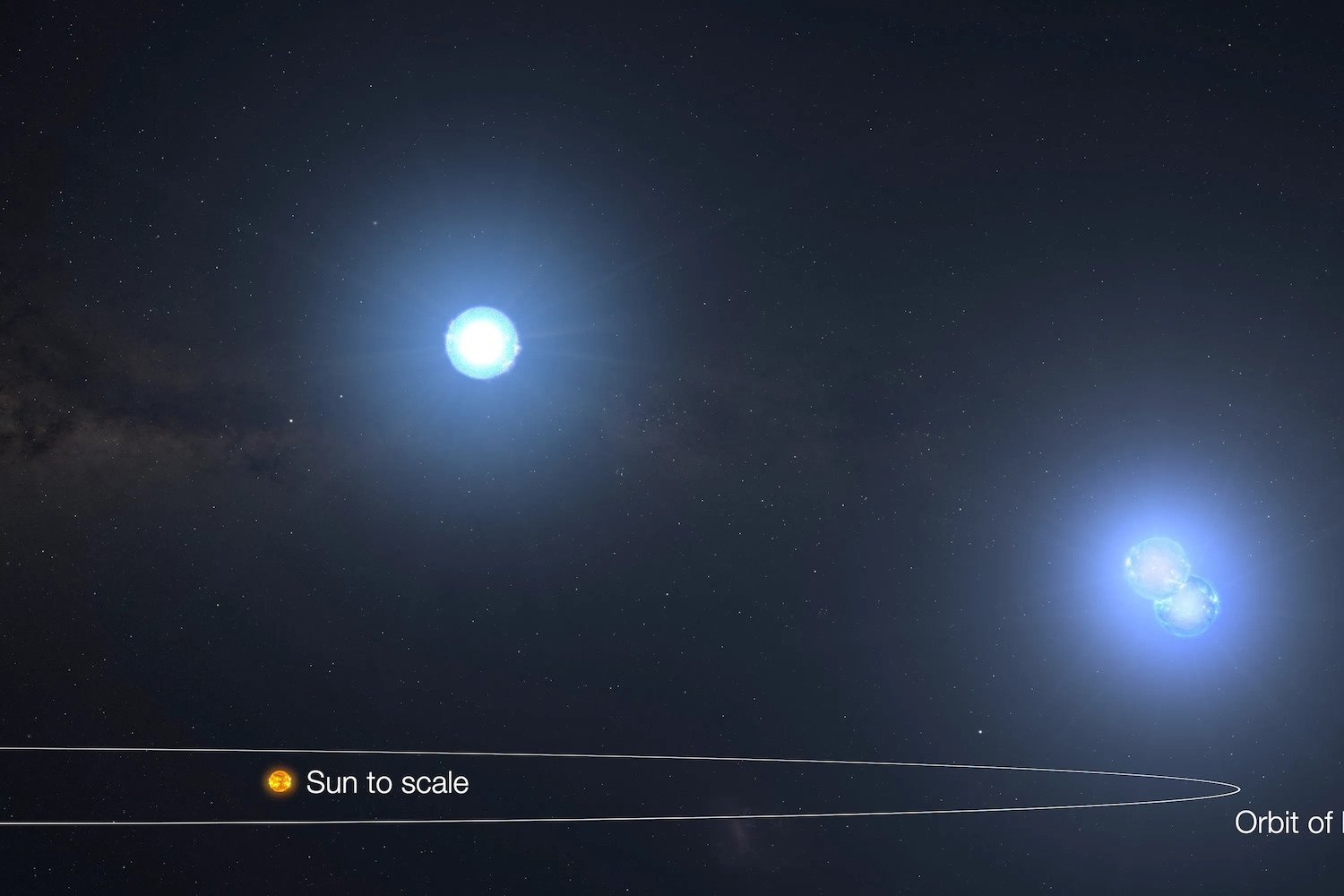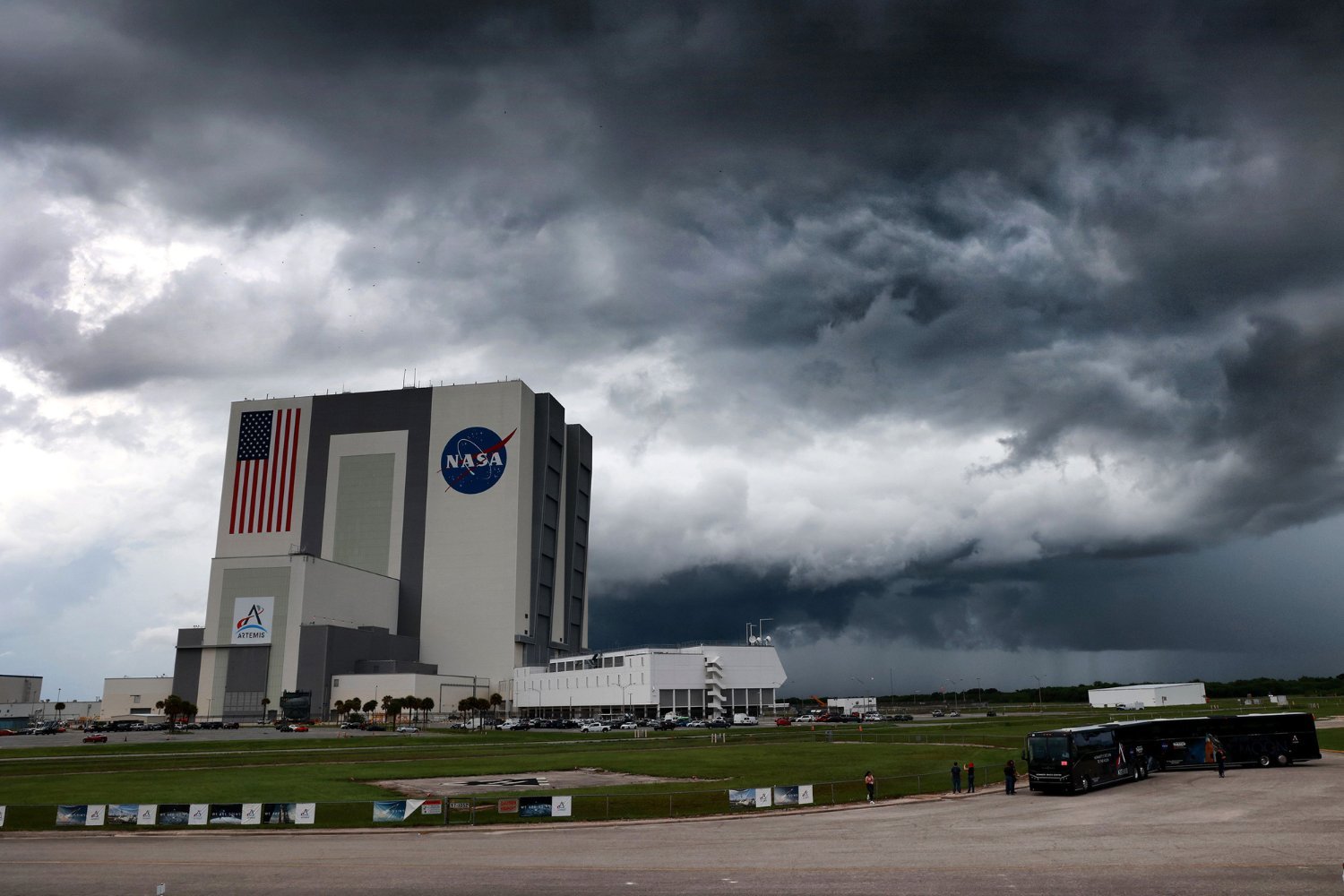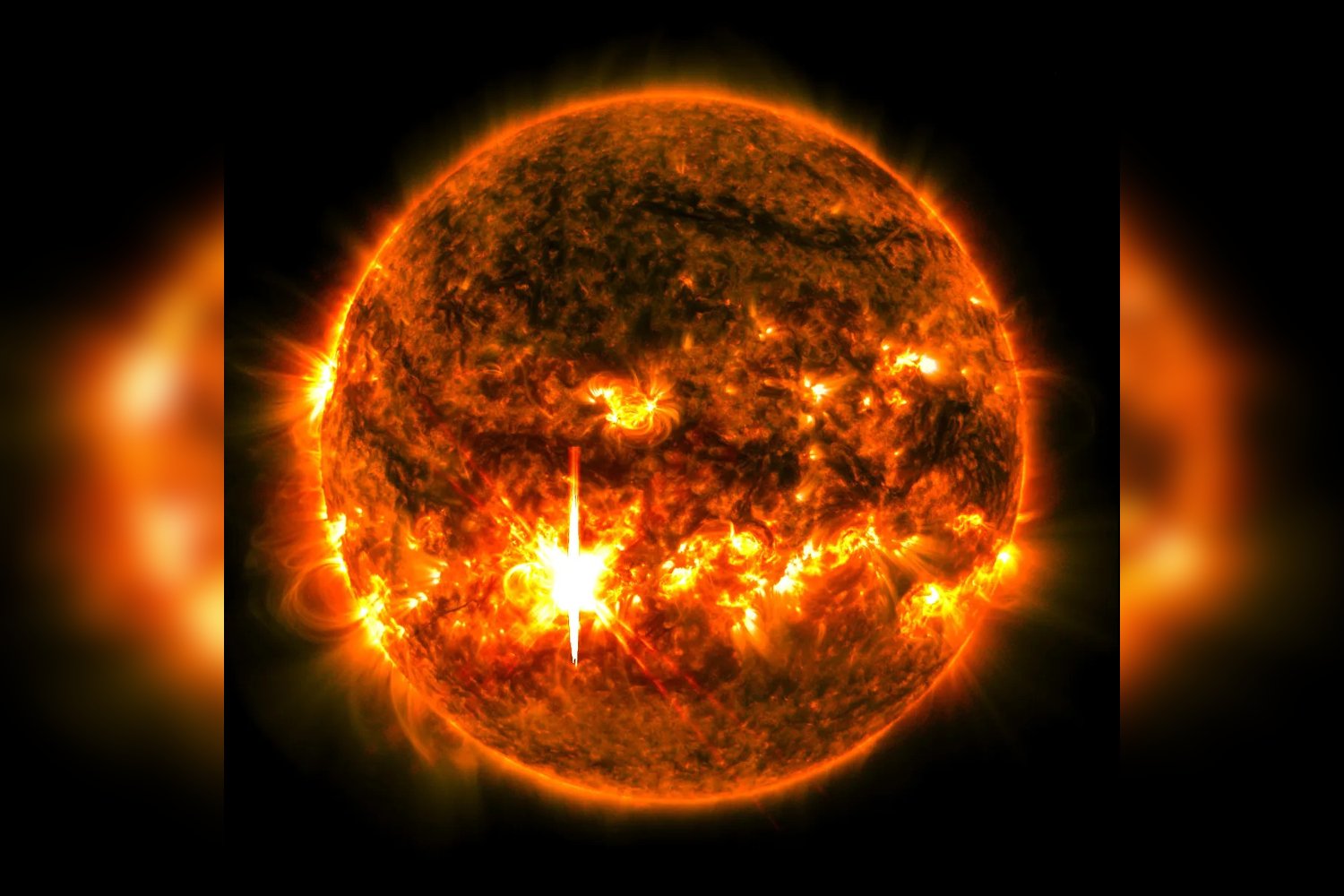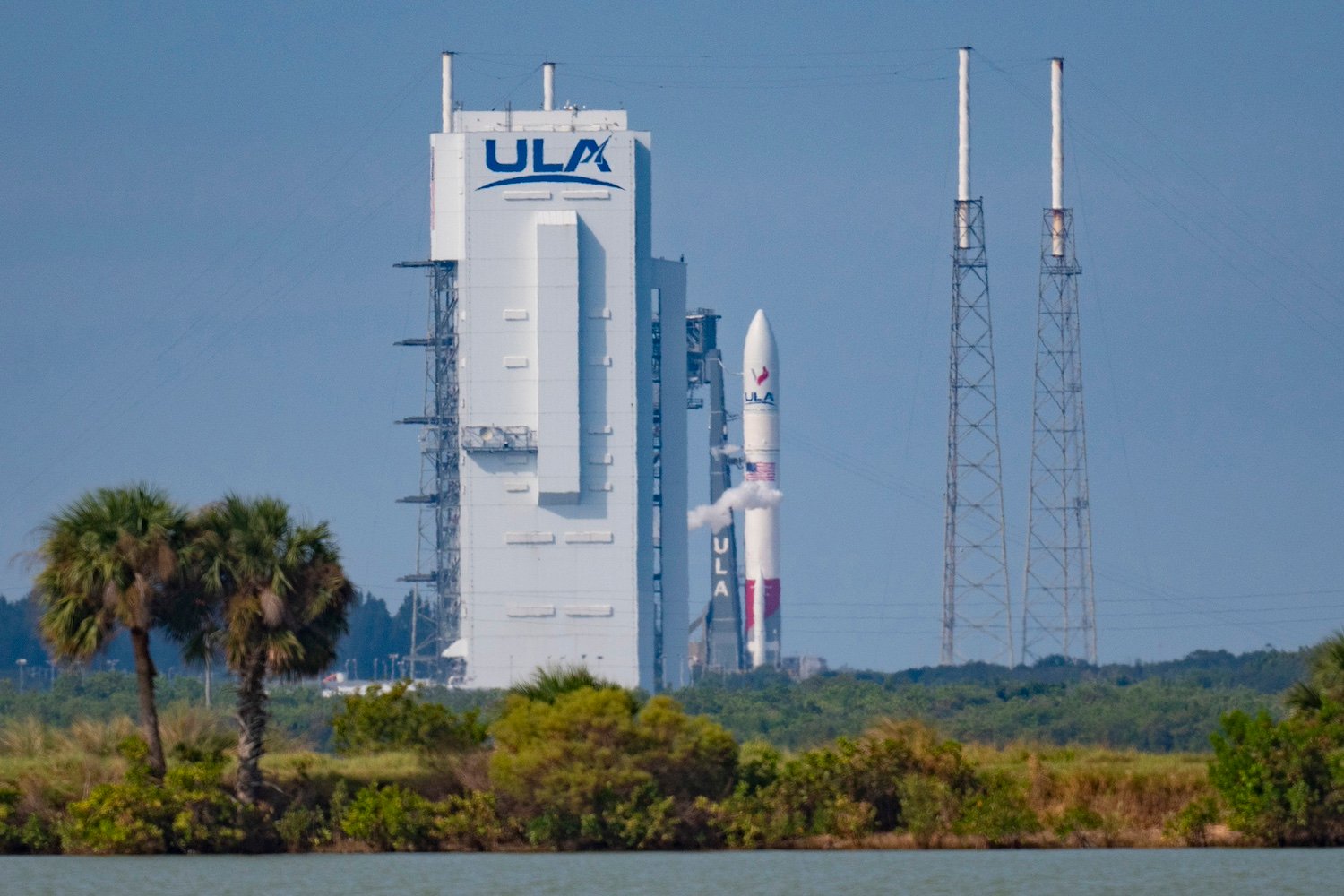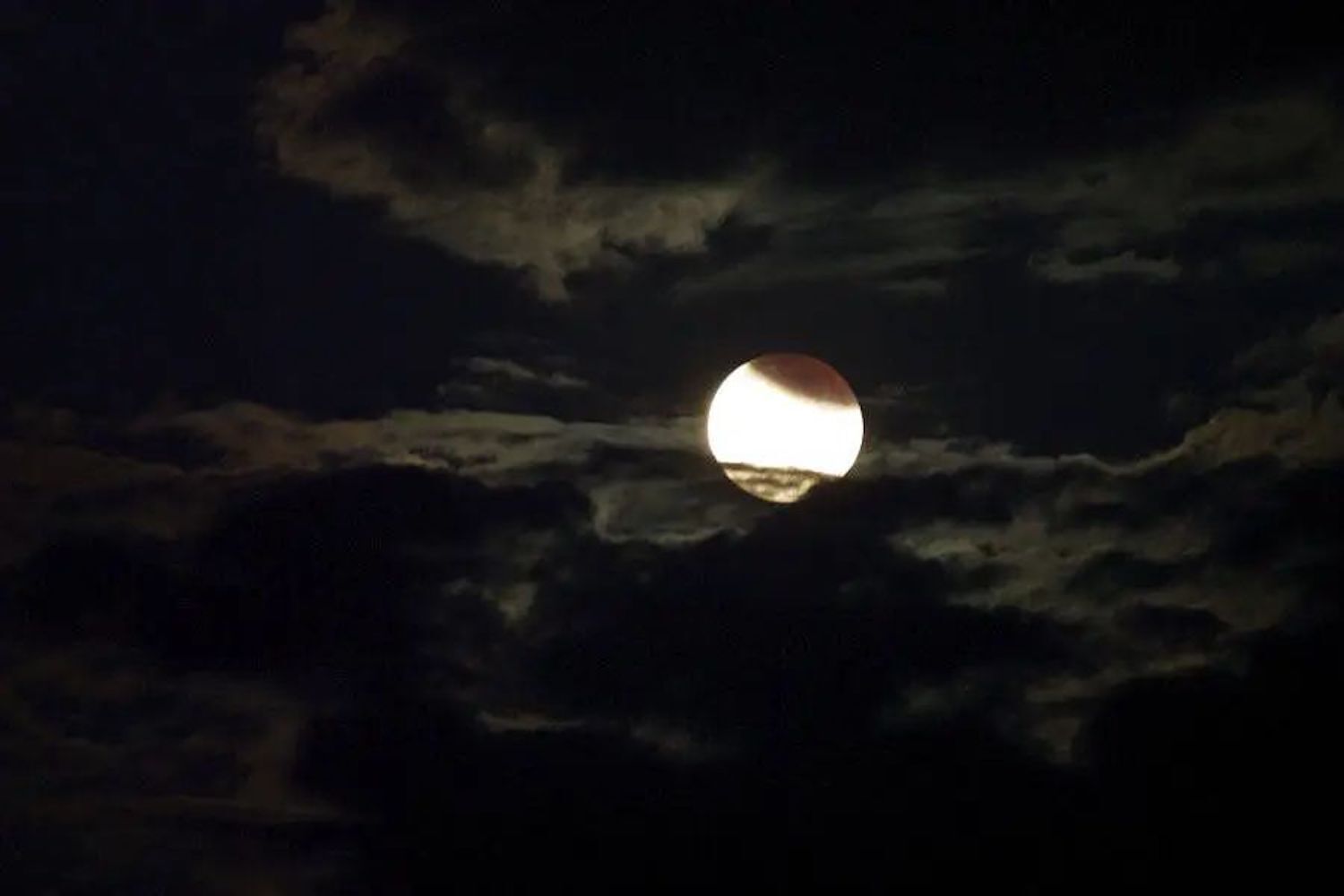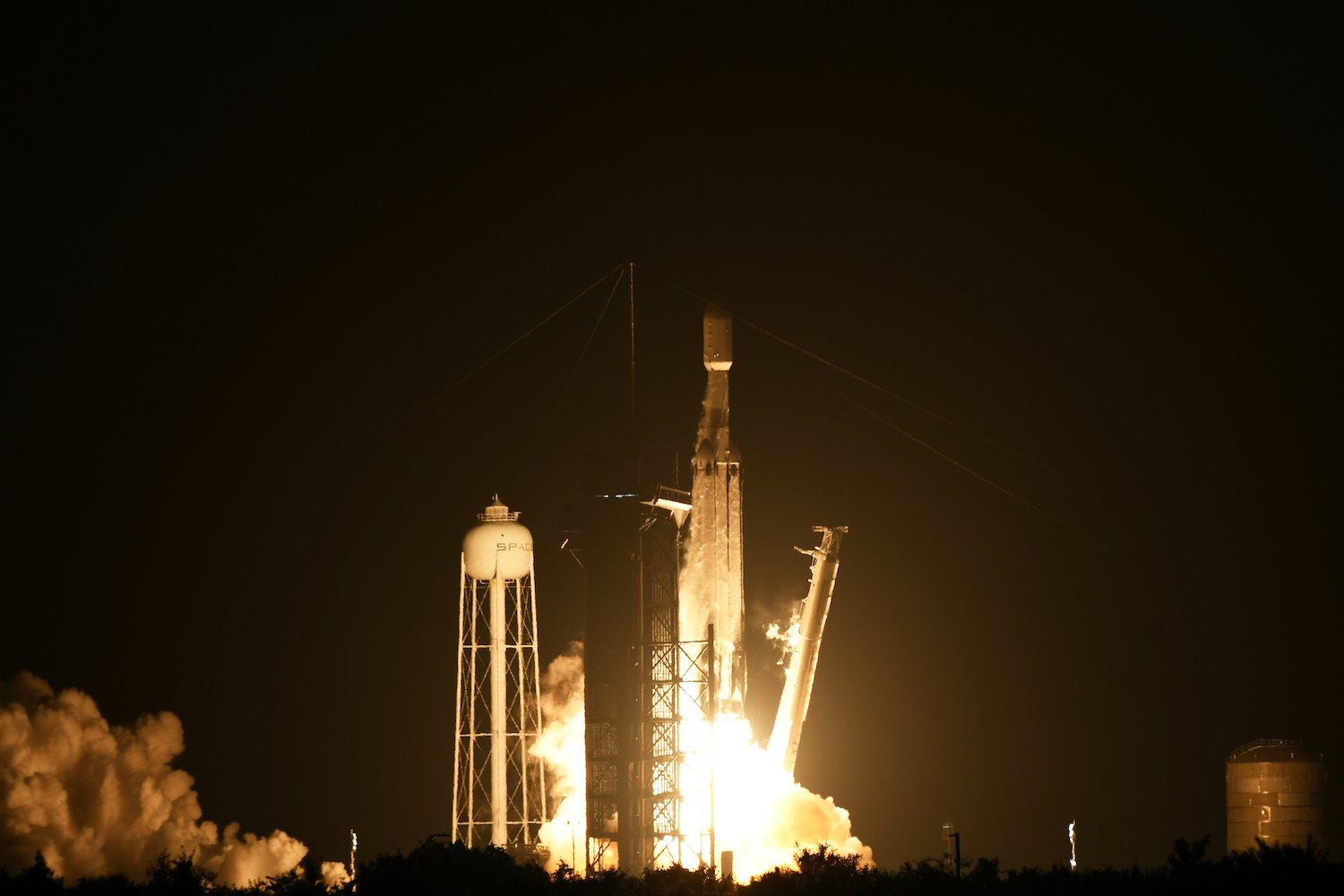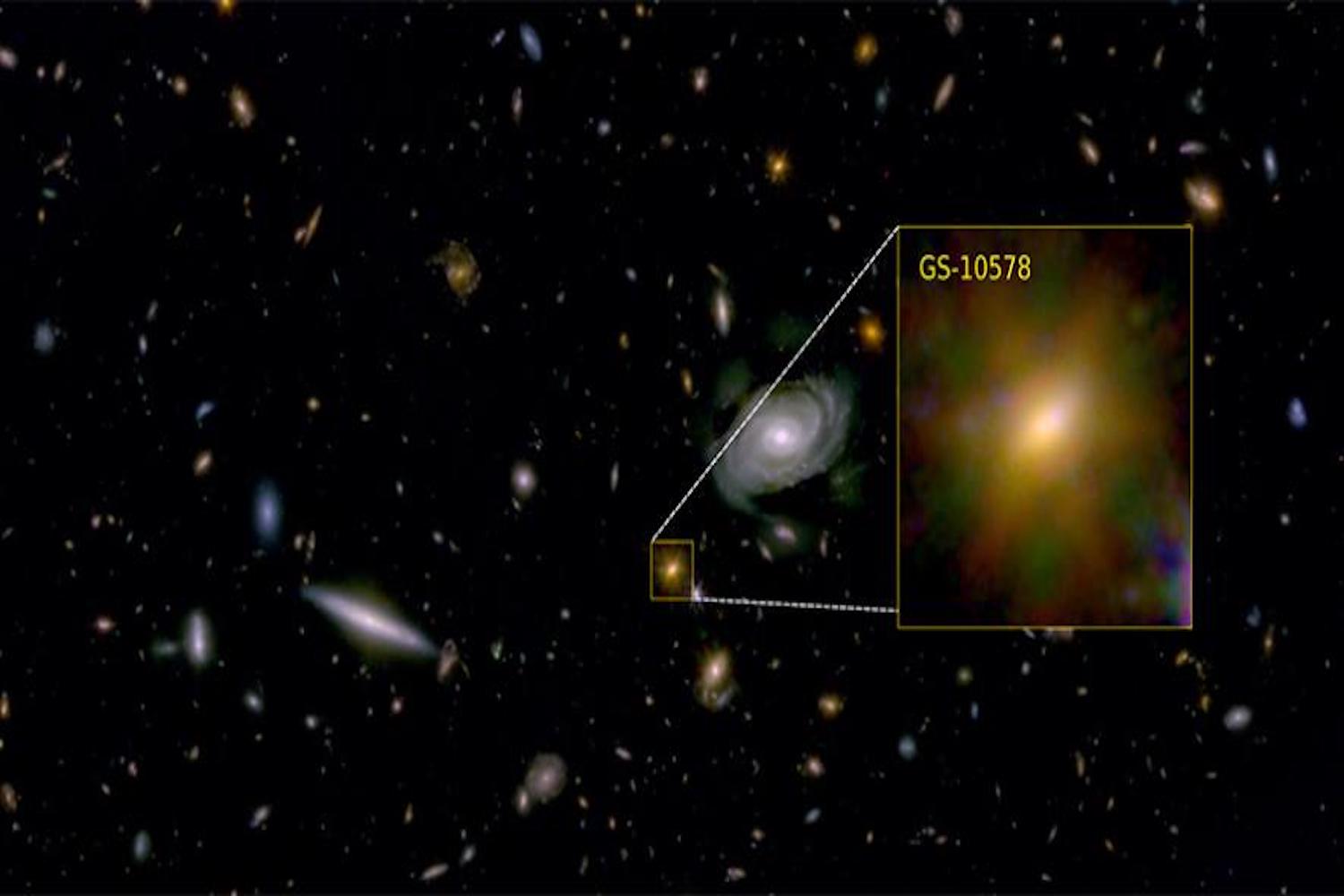The cosmos continues to surprise. NASA’s Transiting Exoplanet Survey Satellite (TESS) has discovered a unique triple star system, TIC 290061484, pushing the boundaries of our understanding of stellar dynamics. While this system doesn’t harbor any signs of life, it presents a fascinating astronomical puzzle, breaking a nearly 70-year-old record.
This remarkable discovery, published in The Astrophysical Journal, highlights the collaborative effort of an international team of astronomers, including NASA scientists and two citizen scientists. TIC 290061484 features two inner stars locked in a tight orbital dance, completing a full orbit around each other every 1.8 days. The third star, further out, orbits this inner pair every 24.5 days, shattering the previous record of 33.03 days set in 1956.
TESS, launched in April 2018, utilizes four high-powered cameras to detect exoplanets by observing the subtle dimming of stars as planets pass in front of them. This same technique allowed for the analysis of TIC 290061484. The system’s nearly flat orientation provides a clear view of the stars’ transits, making it easier for TESS to capture the fluctuations in light. The recorded flickers from numerous star systems are processed through a machine learning program, helping astronomers identify patterns indicative of multiple star systems.
Two citizen scientists, I.A. Terentev of Russia and H.M. Schwengeler of Switzerland, played a crucial role in this discovery. As part of the Visual Survey Group, a collective of volunteers who analyze TESS images, they identified the frequent eclipses characteristic of a “2+1 triple system,” as astronomers term it. Their meticulous analysis confirmed TIC 290061484’s unique configuration.
“It’s exciting to identify a system like this because they’re rarely found, but they may be more common than current tallies suggest,” noted Saul Rappaport, an emeritus professor at MIT and leader of the Visual Survey Group. The close proximity of the stars in TIC 290061484, with all three orbits fitting within Mercury’s orbit around our sun, initially raised concerns about gravitational instability. However, the system appears to be in a stable configuration, albeit one that prevents planet formation due to the intense gravitational forces. This means no alien civilizations with advanced technology are lurking within this particular stellar trio.
The close-knit arrangement of these stars foreshadows a dramatic end. In approximately 20 million years, the three stars are predicted to merge in a spectacular supernova explosion, leaving behind a single neutron star. This cosmic event serves as a reminder of the dynamic and ever-changing nature of the universe.
This discovery underscores the power of combining advanced technology like TESS with the dedication of citizen scientists. TIC 290061484, though devoid of life, offers valuable insights into the complex dynamics of multi-star systems and expands our understanding of the universe’s diverse stellar populations.



